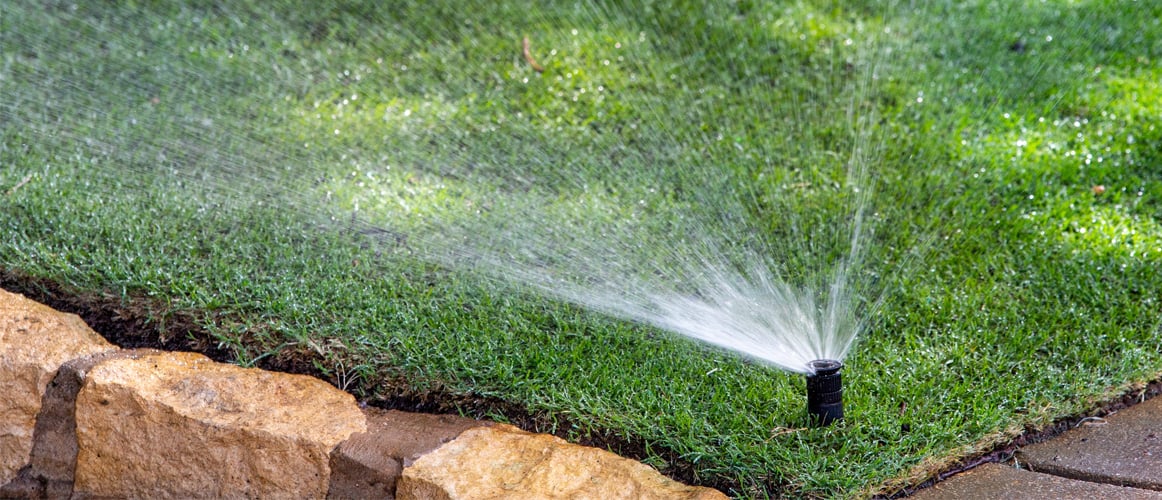After strategy and execution, the wait is on. Weather conditions become milder, and there should be plenty of time for establishment prior to the winter season. With cool season grasses, there is a varying range within which specific species will germinate.
As you patiently wait for the first tiny "green fuzz" at the soil surface, keep in mind it could be a little while depending on the species. Perennial ryegrass will be one of the most rapid to appear, germinating in five to 10 days. Fescues, both fine and tall, will be second at around seven to 14 days. Hold on to your hats because Kentucky bluegrass can have you waiting on the edge of your seat for 14 to 21 days.
Under perfect conditions, some of these wait times can be shorter. During that period, opportunistic weeds may start to show up. Many of these are the result of the introduction of straw, and others by soil disturbance and sunlight on the surface. Nevertheless, don’t fret because you have plenty of time to manage them.
Many of the grassy type weeds are in fact cereal grains or annual invaders including such weeds as barnyardgrass and foxtail. Most of these won’t put up with routine mowing, or the first frost should be enough to take them out. Keeping that in mind, there should be little reason for concern or control efforts. Broadleaf weeds can be more of a problem spreading quickly and shading young seedlings that need sunlight. Most herbicides are safe to use in the 28-day after-germination range. Some of this could have been prevented with earlier applications of quinclorac or mesotrione.
Watering is still vital to survival and frequent, light irrigation cycles designed to keep the seed bed damp should continue until at least 10 days following germination. From this point, you can begin to transition to more of a deep, infrequent pattern.
It's generally recommend to fertilize four to six weeks following germination. I prefer a second application of the starter fertilizer at about the 3/4 lbs. of phosphorus per 1000 square feet rate, but some locales may have regulations on the books. This is a great question for your local county extension agent, and you can ask during the prep phase. If phosphorus is regulated, then boosting your new turf with nitrogen will suffice. This will assist in lateral growth and enhance the spreading and filling effect.
Lastly is mowing. Waiting too long can set the turf back for a couple of reasons. First, these new seedlings can be somewhat fragile and are more prone to being torn than clipped, weakening the plants. Secondly, you may end up with excessive clipping discharge leaving clumps inhibiting turf growth. The rule of thumb is to begin mowing once the turf height is 40% higher than the desired height. Make sure that you have a sharp blade.
Contact the Ewing Technical Services Team with questions. Learn more about starting and executing a turf renovation with these articles:




